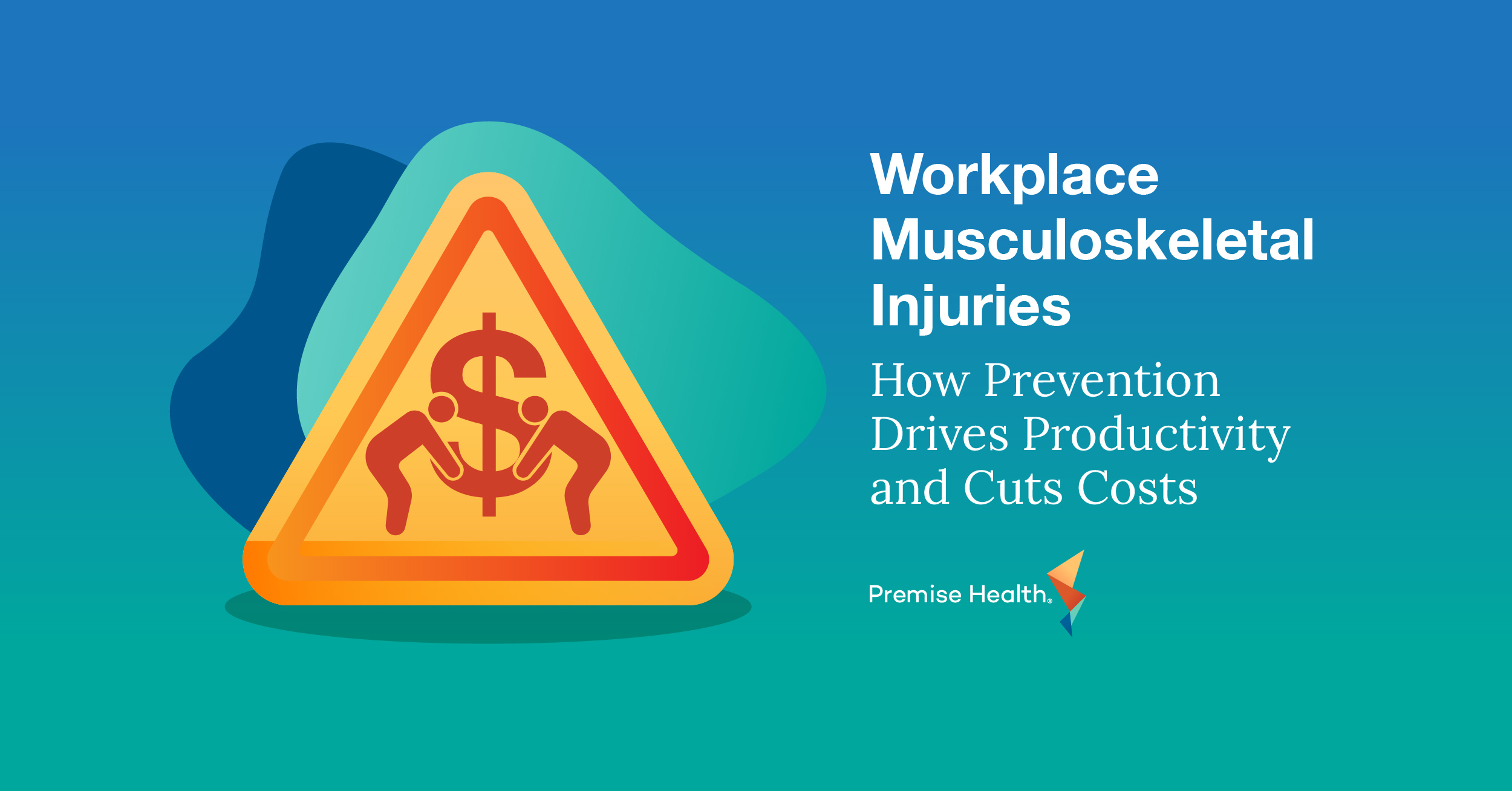Provider Dispensing and its Role in a Better Care Experience
By now, you’ve likely heard a lot about how an onsite solution can make a difference in how members experience healthcare: short lines, personalized coaching, and faster prescription fill times are a marked improvement over what many experience at community pharmacies.
But for some organizations, implementing a full-fledged pharmacy may feel unattainable, or like a big step – it requires financial investment, suitable space, and strategic involvement that can be daunting, especially for a company that isn’t experienced in offering an onsite pharmacy benefit.
But moving the needle on your people’s pharmacy experience doesn’t have to involve expanding your health center – it can be as simple as implementing a provider dispensing solution.
How Is Provider Dispensing Different from an Onsite Pharmacy?
Provider dispensing – also called “prepack medications” or “physician-dispensed medications” – is a model that allows primary care providers to prescribe and distribute medications from the exam room.
Provider dispensing and onsite pharmacies both improve medication access, but they operate in distinct ways, each with their own pros and cons. Provider dispensing isn’t legal in every state and typically offers a limited, generic-only formulary. In contrast, onsite pharmacies are more widely permitted and can offer a broader range of medications—including brand-name, specialty, and over-the-counter options.
Another key difference is staffing. Provider dispensing is handled by primary care providers without a pharmacist, making it easier to implement but potentially limiting clinical support. Onsite pharmacies, staffed by licensed pharmacists, offer more comprehensive medication counseling and care coordination.
Provider Dispensing and Advanced Primary Care
An advanced primary care approach brings together different health services to make care more accessible, patient-centered, value-driven, team-based, outcomes-based, focused on the mind and body, and continuous. At Premise Health, we believe that pharmacy is integral to achieving the goals of the advanced primary care model.
Why? Taking medication properly plays a large role in promoting better outcomes for many members – in fact, medication adherence can reduce long-term mortality risk by up to 21%.
For organizations that don’t have the money, space, or executive buy-in to implement a full pharmacy, provider dispensing can be the solution to fill the gap, giving members the access they need to take their prescriptions as directed.
However, the impact of provider dispensing in an advanced primary care setting goes beyond adherence – it can also be instrumental in providing a more satisfactory experience for members and their families. Here’s how:
How Provider Dispensing Boosts the Member Experience
Convenience
The last thing anyone wants to do when they’re sick is trek across town to pick up prescriptions. Provider dispensing saves members the hassle, while simultaneously building trust that members can bring their health concerns to their wellness center and be taken care of.
From a member’s perspective, that might mean scheduling a sick visit with their provider for an acute illness – like a sinus infection – and being able to walk away from that appointment with their antibiotics in hand. It’s a far cry from the extended fill times and long waits typical at retail pharmacies in the community and means that members can start taking medications – and feeling better – right away.
Personalized Care
In the advanced primary care model, members already get more time with their providers than they do at a community primary care practice, but provider dispensing takes it to another level. In addition to time spent addressing health concerns, provider dispensing also gives members intentional space to ask medication questions and voice concerns with a provider they’re already comfortable with.
For example, if a member is experiencing side effects or barriers to care that would prevent them from taking medication properly like cost, lack of support at home, or low health literacy, they can work directly with their provider to find a solution before they leave the exam room.
When the average community pharmacist spends only 10% of their day working with patients, the extra support available through provider dispensing at an onsite or nearsite pharmacy can be a game-changer for members, whether they are experiencing barriers to care or just have additional questions about their prescriptions.
Better Outcomes
When prescriptions are never filled or taken improperly, a gap in care can happen, which can lead to prolonged illness and unmanaged chronic conditions. However, by requiring a member to visit their provider to get a refilled prescription, it gives providers more visibility into the member’s health, reduces the chance for gaps in care, and makes them less likely to feel they’re on their health journey alone.
This can be particularly impactful for members with chronic conditions, who may need additional, ongoing support as they manage their illnesses.
Let’s say a member is managing a chronic condition like high blood pressure. They may meet with their provider on a monthly basis to get updated readings and check the effectiveness of their medication and lifestyle changes. At the end of their appointment, they can get refills of the medications they use to stay healthy right there in the exam room and continue discussing side effects or additional questions and concerns.
As a result, members are more likely to see positive outcomes and feel that they have the backing of their care team as they continue to improve their overall health.
Provider Dispensing and the Greater Healthcare Industry
Provider dispensing improves the experience for members who have access to onsite or nearsite health centers. But it can also improve the experience for people who use community health resources as well.
When members get their prescriptions through provider dispensing onsite, the medications they need for short-term illnesses like a cold or infection are not entered into the workflow for community pharmacies. This alleviates pressure on retail pharmacies that are already filling over 300 prescriptions per day on average over the course of one year.
Meanwhile, when members are have the support to take their medication properly, they also see fewer medication-related hospital and urgent care visits, meaning they’re not taking up space in the waiting room for those with serious medical emergencies in the community.
Help your members make the most of their primary care visits.
By adding provider dispensing to a primary care offering, organizations can not only expand their members’ access but make it more convenient and effective for members to get the care they need.
At Premise, we work with providers at over 250 sites in 34 states to offer convenient, effective provider dispensed medications to our members. Whether it’s a first step towards a full pharmacy, or part of your organization’s goal to add advanced primary care to your benefits, get the expert guidance you need to make the right decision for your people, for only the cost of the initial medication inventory – get in touch today to learn more.
Next on industry insights.

Overcoming Burnout: Strengthening Workforce Resilience Through Behavioral Health
Read the Blog
Workplace Musculoskeletal Injuries: How Prevention Drives Productivity and Cuts Costs
Read the Blog